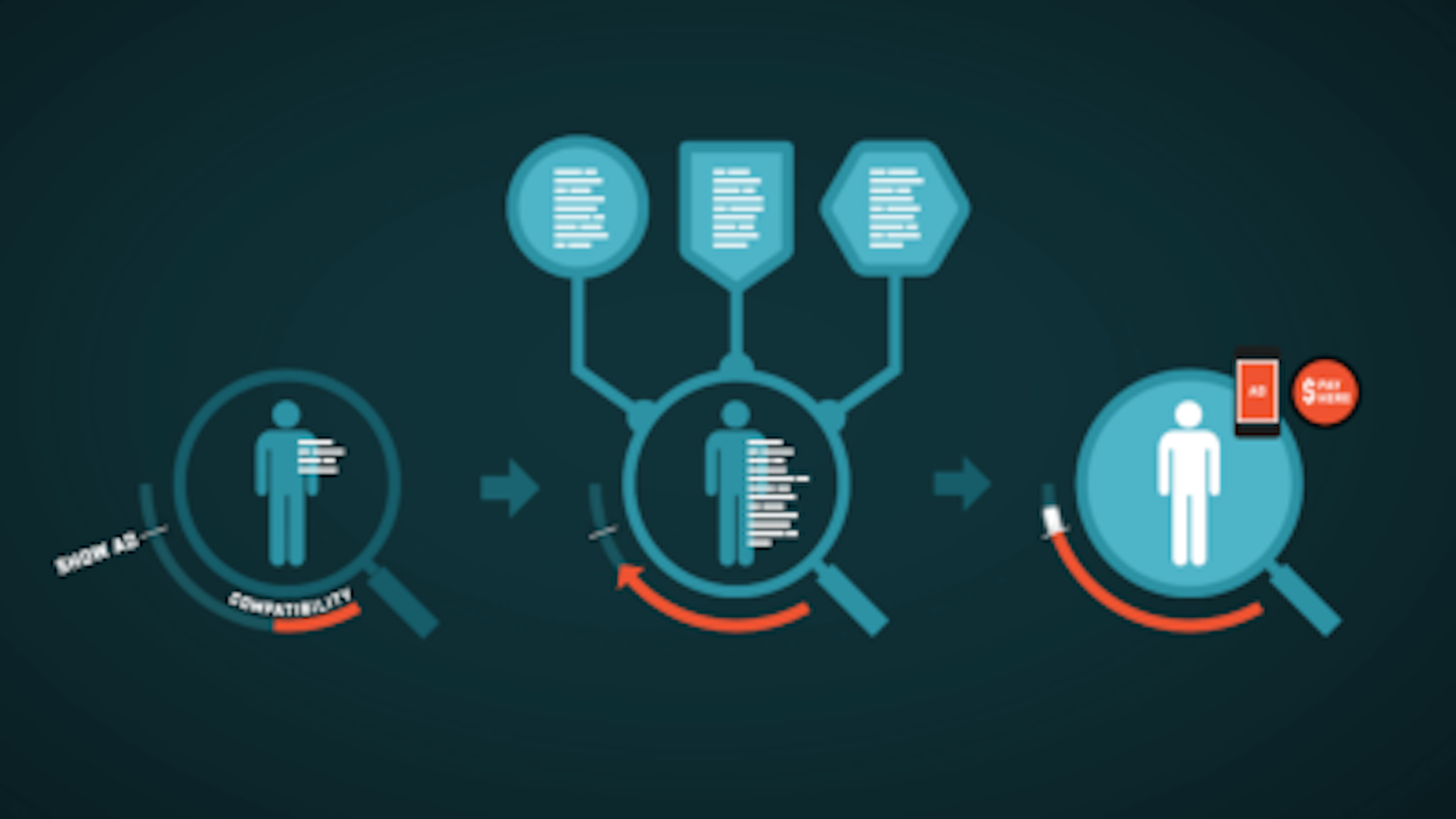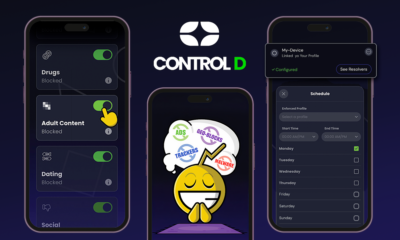Marketing can show the relationship between a definite input and output, provided marketers are willing to measure their work. That is the case being made by Michael Brenner, CEO and founder of the Marketing Insider Group, an agency that specializes in content marketing.
Just remember that what you are measuring is not how often you repeat a static message. That might tell you how many eyeballs saw the message, but not how many people were converted from prospects to customers. If marketing is going to demonstrably contribute to the bottom line, it must show how its work connects clicks with dollars.
Which bottom line matters?
Business measures its life by quarterly returns, preferably higher than the same quarter a year ago. How can marketing align with that?
Brenner touches on that topic in his blog post “How to Solve the Challenge of Marketing ROI.” Marketers cannot hide behind the excuse that only half their budgetary spend is effective without knowing which half. “Solving the challenge of Marketing ROI does not have to be rocket science. The first step is simply committing to measuring it,” Brenner wrote.
The most basic measure is what Brenner calls “simple ROI”: Measure the revenue generated from marketing activities, minus the investment made to generate that revenue, and divide by the investment. “[W]hat’s interesting about this simple calculation, is that investment shows up twice. This means that for most organizations, all you have to do is get more results from the same budget. Or get the same results with less budget,” he wrote.
“This involves making trade-off calculations. And it means canceling programs that don’t produce a measurable return,” Brenner wrote. “If you can’t measure the return on marketing activities, simply stop investing in them. This is why content marketing is so effective. With a relatively low cost (compared to advertising) and a high measurability factor, showing the ROI of content marketing is just simple math.”
“The digital platform that every company sits on with its web site is generating traffic, leads or revenue,” Brenner said. “If you’re a B2B company, it’s going to be leads for sales. If you are an e-commerce company, it’s going to be revenue,” Brenner said. The traffic coming to those web sites is organic, not paid. “The leads that come in through organic traffic convert at a higher rate. The e-commerce traffic that comes in through organic traffic converts at a higher rate,” he said. If your search result takes you to a company web site, you are more likely to buy that item than you would if you simply got a search result, he added.
“Start with the simple measures. What was my inbound organic web site traffic, leads and e-commerce revenue last year and is it better this year? What was it last quarter and is it better this quarter? We measure it every single month for our clients. I am shocked by how many CMOs we surprised with the insight that their traffic is down, their rankings on Google are down or their visibility in search is down relative to their competition,” Brenner said. “It directly correlates to financial value. It’s something the CFO could understand, and yet too few marketers are measuring it and implementing programs that drive it.”
Action vs. presence
In short, the promotion is about action, while content marketing is about presence. That is something that can be measured and built to grow over time.
“The campaign mentality is that you spend 75% of your budget on a big idea and the remaining 25% to get it out into the world, and then you say ‘Hmmm, did it work?’ You just spent all your budget. The campaign mentality, the one-off big idea, if it works, you got lucky, because you didn’t have any time to measure it,” Brenner explained.
“When you are always on…creating content, or engaging with your customers or building audience on your web site and maximizing the conversion of your leads, you are learning what is working and what is not working,” Brenner said. This can be measured, which aids in CMO accountability, and the discernment to stop doing what does not work. “This is not rocket science.”
Brenner spoke of several clients whose campaigns he audited. He found that 56% of their marketing campaigns they created to generate leads or revenue produced zero value. “My call to action for CMOs and marketers is to relentlessly cut the things that didn’t work or don’t work and learn from those mistakes, so that at least you are improving off a relatively low base.”
He continued: “You don’t need more budget. You just take budget away from underperforming programs and campaigns and reallocate to the thing that works. If it works, why would a company stop doing it?”
So, create those simple measures. Show the increase in value. Show the decrease in costs. “That’s what CEOs do. That’s what CFOs do. CMOs think they should not, hiding behind the guise of creativity or lack of measurability, and it is not true in the digital world we live in,” he said.
Tactics and strategy
One of the sad truths of business is that responsibility without authority will yield failure. For the accountable CMO to succeed, he must have the authority to craft and execute his plan.
“The analogy is ‘you can’t tell me to bake a cake, then also tell me how to bake it.’…Or you can’t say you want a chocolate cake, then make the ingredients I can use applesauce and peanut butter.” Brenner said. The baker, once tasked with baking the cake, will bake the best cake he can.
This illustrates the relationship between strategy and tactics. “Strategy is alignment to the business goal. Tactics is the way that you get there.” Brenner said.
“The CEO and CMO must measure things the same way, or at least define the proxies to the same thing. CEOs are accountable for revenue and profit and shareholder value. They understand they need happy customers and happy employees to get there. The CMO should be aligned on those exact same things.”
What marketers can do
Brenner breaks it down to four things a marketer can do: Show ROI, define what is measurable, cut waste, and tell the story.
Measurability need not be as direct as click-to-cash. “Marketers may not be able to show all the revenue they brought in, but they can show the revenue they touched and influenced,” Brenner said. “It’s not a revenue number, but it’s getting closer.” Here marketers can use multi-touch attribution modeling. It does not matter which type one selects, so long as it provides measurement over time. “Measuring relative value over time shows ROI.” he said.
“Marketers have to cut waste,” Brenner continued. “The budgets marketers get can’t be seen as a blank check or a testing ground of creative ideas…There has to be a reckoning, a death of the things that did not work.”
“Marketing leaders need to learn how to be storytellers, to demonstrate and present the business value of marketing. It’s a skill too few marketers take on, practice and implement,” Brenner added. If the marketer has ROI to show but fails to tell the other units of the company, his budget will be cut and he will be reduced to being an order taker.
“Marketers should create a business plan for their budget, create market outlooks and SWOT analysis (strength, weakness, opportunity, threat), the P&L, the reason for the budget ask, the tactics they will employ and the measures they will use to show the results,” Brenner said. “That’s a simple business plan outline.”


















![How to Use AI For a More Effective Social Media Strategy, According to Ross Simmonds Download Now: The 2024 State of Social Media Trends [Free Report]](https://articles.entireweb.com/wp-content/uploads/2024/04/How-to-Use-AI-For-a-More-Effective-Social-Media.png)



























You must be logged in to post a comment Login